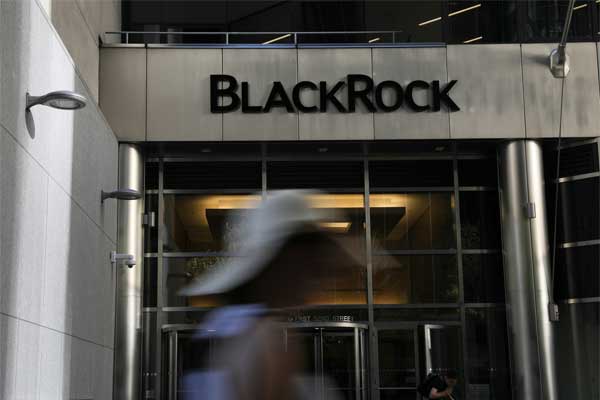California — Pacific Gas and Electric Company (PG&E) announced the launch of its Microgrid Incentive Program (MIP) and handbook, providing funding, expertise and guidance for building community, local and tribal government-proposed multi-customer microgrids.
The MIP is a new, statewide $200 million competitive grant program which will fund clean-energy community microgrids in disadvantaged and vulnerable communities.
The California Public Utilities Commission authorized and approved the new program, allocating $79.2 million in project funding for PG&E, $83.3 million for Southern California Edison, and $17.5 million for San Diego Gas and Electric. Projects selected under the MIP can receive up to $15 million in award funding each for the design and development of a multi-customer, front-of-the-meter community microgrid.
A community microgrid is a group of customers and distributed energy resources – such as a solar array and battery — within clearly defined electrical boundaries with the ability to disconnect, operate independently from, and reconnect to the grid – a capability also known as “islanding.”
With their ability to operate independently from or in parallel with the grid, microgrids strengthen the resilience of communities by providing reliable power during outages or emergencies. Microgrids also enable efficient energy management and potential cost savings, while integrating of renewable energy and reducing greenhouse gas emissions.
A community microgrid’s distributed energy resources can also participate in the statewide wholesale market for energy and related services – creating a potential source of earnings for the asset owner and providing an additional buffer for the California grid.
The MIP stands beside PG&E’s Community Microgrid Enablement Program (CMEP), and together the two programs provide comprehensive financial and technical support for both the distributed energy resources and other costs necessary to develop and energize eligible microgrids, as well as the electric distribution system upgrades necessary to enable the safe islanding of the microgrid. Interested parties can apply for either one individually, or for both programs together.
“PG&E is paving the way for more community-proposed microgrids to be constructed in our service area through the Community Microgrid Enablement Program and Tariff, and the Microgrid Incentive Program will now also play a key role in advancing the development and facilitating the commercialization of clean-energy microgrids,” said Jason Glickman, Executive Vice President of Engineering, Planning and Strategy, PG&E. “Several additional large-scale, community microgrids are expected to be deployed throughout PG&E’s Northern and Central California service area under the Microgrid Incentive Program over the next several years, and we look forward to continue engaging with customers and communities to bring these resilience solutions to our hometowns.”
The Redwood Coast Airport Microgrid is the first fully renewable, multi-customer microgrid deployed in PG&E’s service area. It serves as the model for additional multi-customer microgrids to be deployed in California, and the Community Microgrid Enablement Tariff was also a product of its development.
“Developing the Redwood Coast Airport Microgrid was an incredible team effort. We are proud that an unwavering focus on replicability resulted in policies and processes that are broadly applicable,” says David Carter, technical lead for RCAM and Principal Engineer at the Schatz Energy Research Center. “We commend PG&E and the Redwood Coast Energy Authority for forging a new partnership model that empowers communities to play an active role in decarbonizing their electricity supply and increasing their local resilience.”
Since 2021, PG&E has engaged with more than three dozen communities to explore potential financial and infrastructure support options for developing microgrids through the CMEP. PG&E provides technical and financial support on a prioritized basis for qualifying projects in areas with the greatest energy resilience needs.












Comments